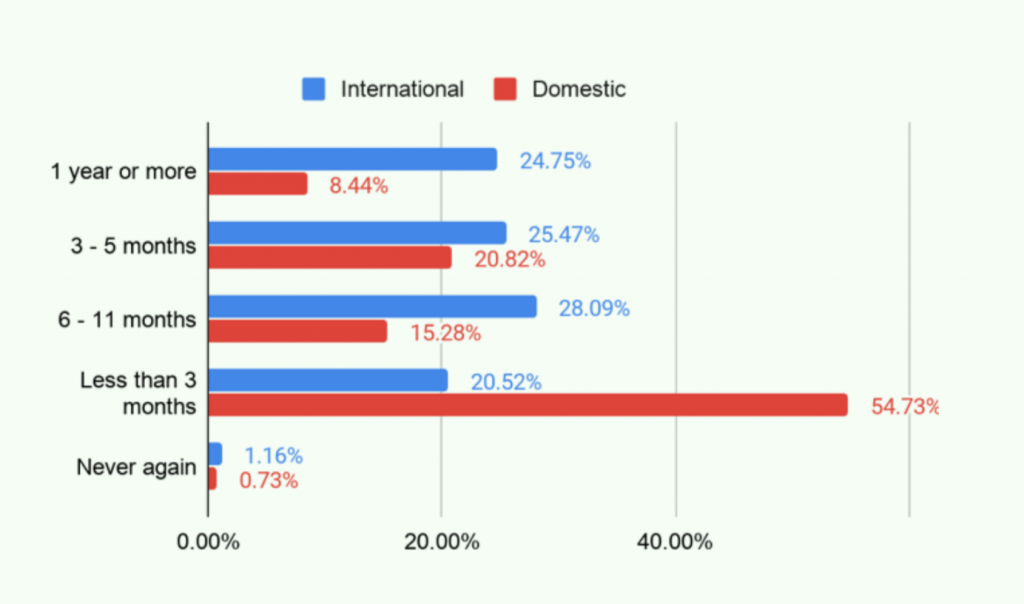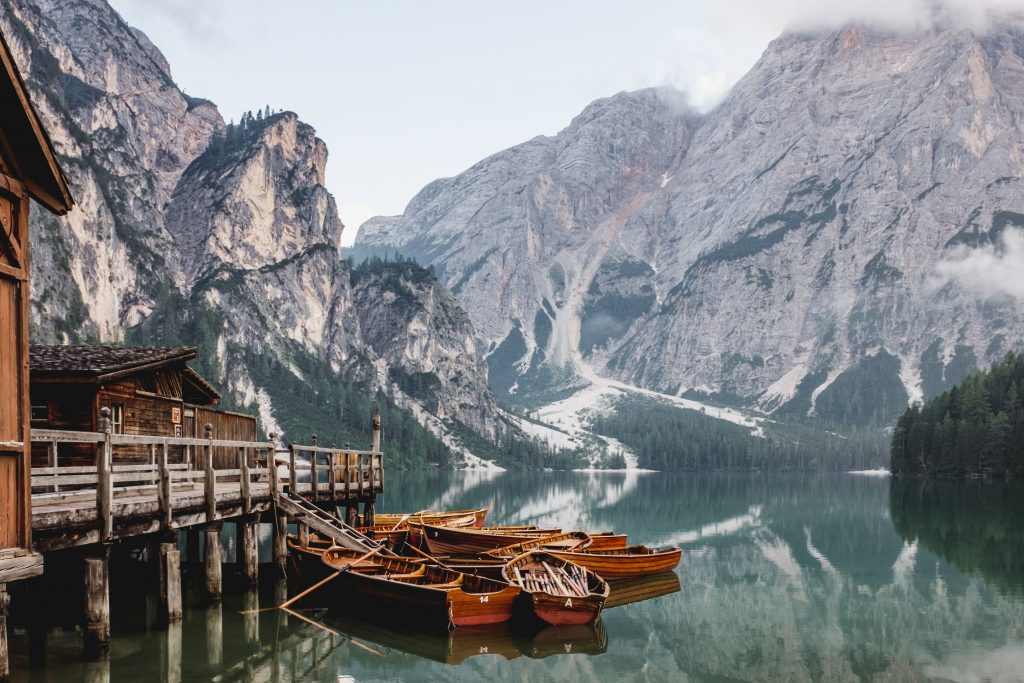In 2020 a study was done by a group of professionals, the Responsible Travel Insiders, with the support of Ostela Tourism Management School. The resulting report, When We Travel Again, and aims to act as a resource for those who, in one way or another, are part of the tourism sector and encourage sustainable choices.
The When We Travel Again report analyzed global tourism trends over the last five years, and the effects of the COVID-19 pandemic on society. The study looks at the actions proposed by governments to safeguard their country’s well-being and support the tourism sector. Survey respondents were from the regions of North America, Latin America and Europe, and reveals pre- and post-pandemic insights such as top travel interest, the preferable environment of travel, way of travel arrangement, and way of transportation, by gender, by region and by age. The data presented in the report was collected in April and May 2020 during the early part of the COVID-19 pandemic.
A few key findings in this report include:
- There has been a shift towards domestic destinations (from 21.84% before the pandemic to 31.30% during the pandemic), showing that people may be more willing to explore their own local or regional territories.
- 83% of respondents preferred to travel to natural areas as their new preferred option.
- 52% of participants have chosen nature as their new top interest in travel.
- Women will be more eager to try alternative experiences after the global pandemic ends, as they are more willing to participate in local cultural workshops than men (59.25% vs 52.19% respectively), as well as to try virtual travel experiences (41.69% vs 33.47% respectively).
- About 2.4% of Millennials would rather avoid traveling for a long-term period in order to preserve the positive effects that human isolation was giving the environment. This choice lies in waiting for destinations and governments to structure a plan based on de-touristification of some areas.


Helping the Industry
Tourism operators will have the chance to transform the sector into a tool aimed at developing local communities and protecting the natural areas of their regions and nations. There has never been a better time and opportunity for focusing on sustainable tourism. The work ends with a section dedicated to recommendations, policies and certifications, proposed by the authors, to work towards more sustainable tourism. Some of these recommendations are:
- “Microtourism” as mitigation to mass tourism, that refers to small groups of travelers moving through villages, towns or natural areas inside a district or a specified region. In addition to having a cultural, historical, artistic or natural attraction, “microtours” should be characterized by sustainable production and consumption.
- As a reaction to increased waste, the inclusion of cleaning activities in natural areas, accompanied by educational experiences focused on safeguarding the environment, can contribute to diversifying tourist offers and bringing more awareness to travelers.
- For health and safety standards, training is a must in ensuring safety and earning trust from travellers.
- If domestic tourism is to be encouraged, the needs of local residents must be taken into account and must be met; for example, by ensuring the optimum capacity of hospitals, access to food, electricity and water (especially in those regions that were already struggling). Overall, when looking at tourism development, destinations must always place the wellbeing of local residents first.
- Promoting sustainable mobility: The gains that the pandemic brought in terms of decreasing contamination and lessening CO2 emissions must remain for the health of the planet and its people.
- Digital transformation: This pandemic has proven the significance of the role of Information & Communication Technology (ICT) and innovation within the sector, which should continue to be built upon and made more accessible to all.
Download the full research report here.
If you have questions for the team about the research, they can be found and contacted on LinkedIn.
